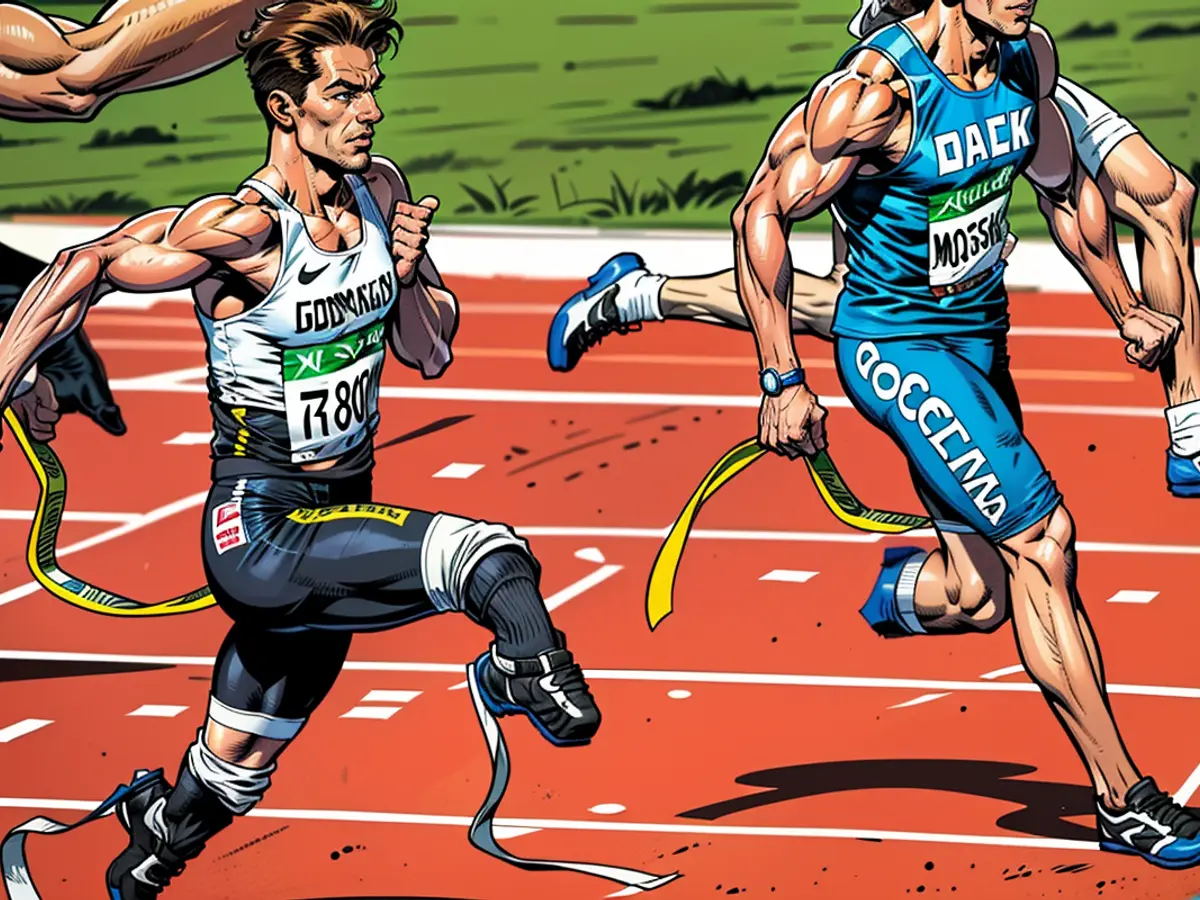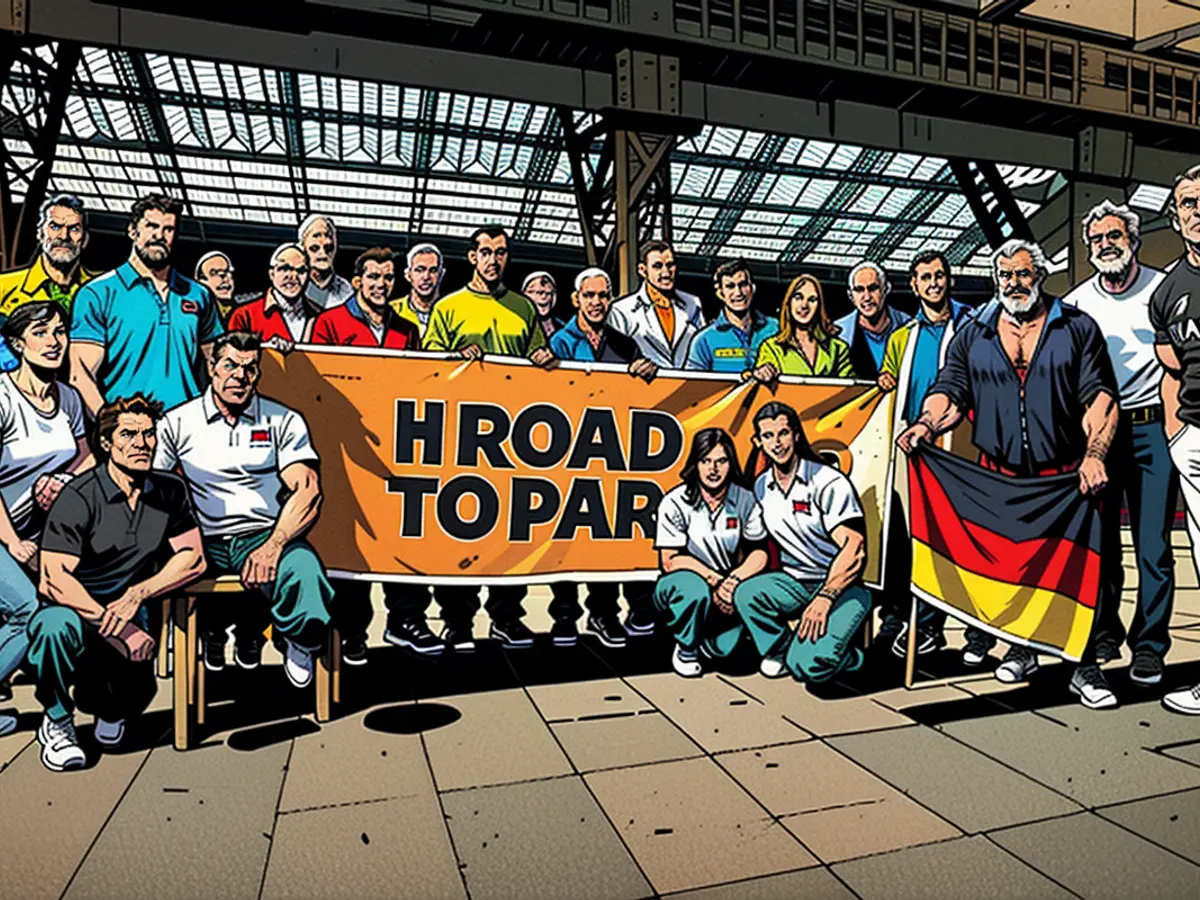Title: State-of-the-Art Repairs: The Ottobock Workshop at the Paralympics
When a fine-tuned wheelchair mechanic's nightmare struck Belgian wheelchair sprinter Peter Genyn thirty minutes before his 100-meter final at the 2021 Tokyo Paralympics, the situation seemed insurmountable - his personal chariot now sported three flat tires and a damaged frame, hinting at sabotage. The race seemed all but lost. But it wasn't. A devoted crew swung into action, saving the day by swapping out the tires, obtaining a new frame, and securing it with temporary duct tape. Genyn took to the track and shocked the world by winning the gold medal.
Behind this miraculous turn of events lay the dedicated efforts of the hundreds of employees at the Paralympic workshop, who mend and repair up to 200 prosthetics, wheelchairs, and other equipment daily.
At the Paralympics, technology meets mobility
Most athletes at the Paralympics rely on technological aids to compete. Since 1988, the German orthopedic technology company Ottobock has ensured that the equipment of the 4400 athletes functions optimally. Led by over 160 experts from more than 40 nations, the firm manages repairs and maintains the devices for those athletes—not just their own, but also those of other manufacturers. Their extensive spare parts inventory enables them to tackle any challenge efficiently.
From cutting-edge repair technologies to human ingenuity
Ottobock-operated workshops use a combination of high-tech repair methods and skilled human intuition to care for the athletes' equipment. Here, body parts can be scanned and 3D-printed to create tailor-made pieces, while traditional repairs remain just as significant. The workshop boasts multiple specialties: a thermoplastic department for working with plastics, a metallurgical facility for metals such as aluminum, steel, and titanium, and a tailor shop for textiles. Their expertise ranges from replaceing wheelchair tires to highly precise prosthetic adjustments.
Navigating the line between technology and fair competition
Unlike everyday prosthetics, which often prioritize aesthetics, sports prosthetics focus only on improving performance and functionality. These devices must meet extreme requirements, sometimes carrying five times the athlete's bodyweight during performances like running and jumping. To enable athletes to reach these peak performances, every component is optimized to its absolute minimum, with weight shaving play a significant role.
But there are limits. Despite the athletes' reliance on digital tools for training—complete with sensors and AI-powered analysis software—sports prosthetics can only be propelled by muscular force during competition. Any use of electronic aid would result in disqualification. The rule is strictly enforced to ensure fair competition among athletes with diverse types and degrees of disabilities.
Performance comparisons in a complex, diverse landscape
Sports prosthetics are carefully balanced to enable athletes to maximize their potential. Athlete classification ensures equal opportunities with precise measurements of variables like the number of spikes on prosthetic soles and the length of prosthetics. The height without a disability is also estimated based on arm length and wingspan for double-leg amputees.
The rules for single-leg amputees are slightly different. The fit of prosthetic components must be meticulously tailored to the remaining natural body component to avoid disadvantaging the athlete.
Evolution in Parasport: A tale of cutting-edge innovation and human resilience
Over the years, advancements in materials for sports prosthetics have been limited. However, the professionalization of athletes and improvements in training conditions have driven the most significant changes in Parasport. Newly established talent centers provide young athletes and trainers with unique opportunities, enabling them to innovate and adapt their training methods.
This progress can be seen in the comparison between German long jumper Heinrich Popow and Léon Schäfer. Popow clinched gold at the Rio Paralympics with a jump of 6.42 meters in the single-leg above-knee amputees category, while Schäfer surpassed the 7-meter mark with a jump of 7.24 meters in 2020, becoming the first single-leg above-knee amputee to achieve it. More recently, Dutchman Joel de Jong broke the world record with an impressive 7.76-meter jump.
The future of Parasport and sports accessibility remains promising, provided that the necessary resources are allocated to enable talented athletes from all backgrounds to participate.
Insights:
- Each participant's equipment receives personalized care: customization, 3D printing, and meticulous craftsmanship.
- Sports prosthetics are designed to optimize and meet the extreme demands of performance, with every component weighed to ensure weight reduction.
- Boundaries are set to maintain fair competition by prohibiting electronic aids during competition.
- Athlete classification, drawstring measurements, and tailored component fits guarantee equal opportunities for all athletes.
- The evolution of Parasport, advancements in technology, and professionalization of athletes have resulted in great achievements for Paralympics.








